Home>Furniture & Design>Outdoor Furniture>How Do I Build An Outdoor Shooting Range
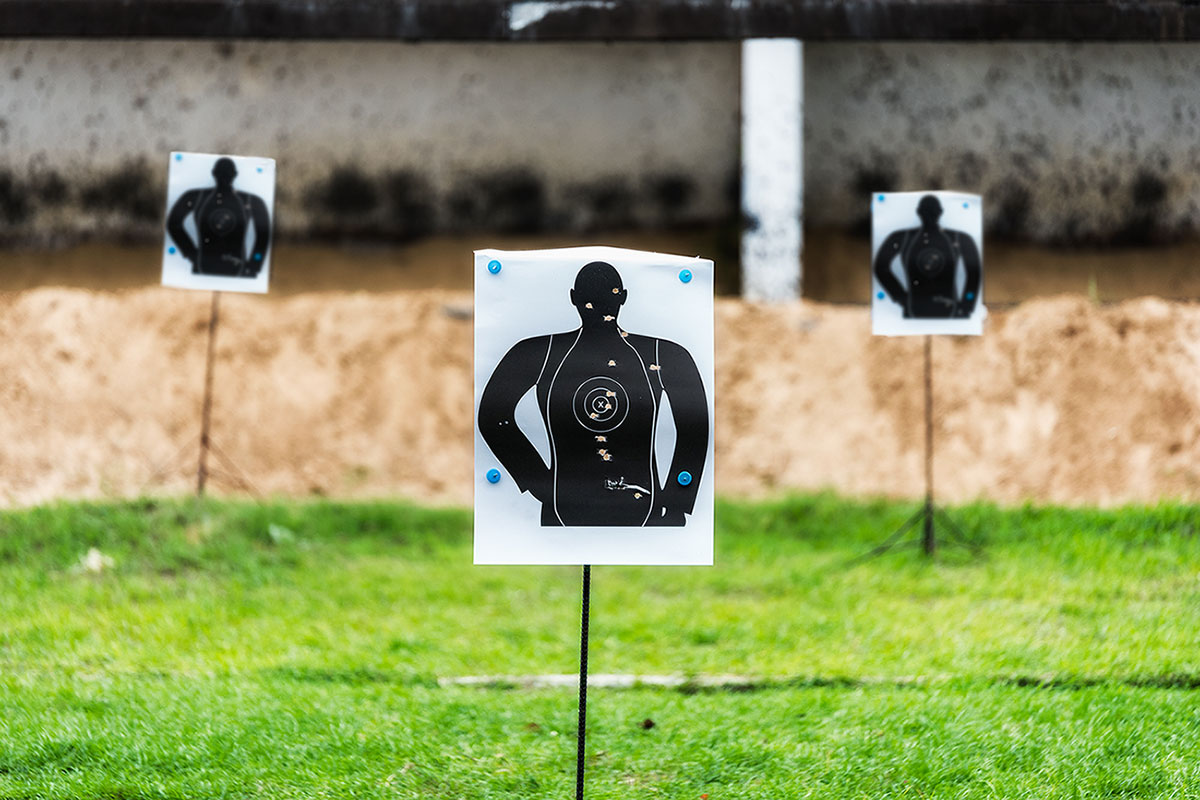

Outdoor Furniture
How Do I Build An Outdoor Shooting Range
Modified: January 19, 2024
Discover how to create a safe and functional outdoor shooting range with the right outdoor furniture and design. Learn the essential steps for a successful project.
(Many of the links in this article redirect to a specific reviewed product. Your purchase of these products through affiliate links helps to generate commission for Storables.com, at no extra cost. Learn more)
Introduction
Creating an outdoor shooting range can be an exciting and rewarding endeavor for shooting enthusiasts. Whether you're a firearm aficionado, a member of a shooting club, or a business owner looking to establish a safe and legal shooting facility, building an outdoor shooting range requires careful planning, adherence to regulations, and a strong focus on safety.
In this comprehensive guide, we will explore the essential steps and considerations involved in constructing a well-designed and secure outdoor shooting range. From legal requirements and zoning regulations to safety measures, target placement, backstop design, shooting benches, and equipment, we will cover all the crucial aspects to help you embark on this fulfilling project with confidence.
Whether you're envisioning a personal shooting range on your rural property or aiming to establish a commercial facility, this guide will provide valuable insights to steer you in the right direction. Let's delve into the key considerations and practical steps for building a safe, functional, and enjoyable outdoor shooting range.
Key Takeaways:
- Building an outdoor shooting range requires careful planning, legal compliance, and a focus on safety to create a fun and secure environment for shooting enthusiasts.
- From legal requirements to target placement and ongoing maintenance, creating a shooting range demands attention to detail, dedication to safety, and commitment to excellence.
Read more: How Many Acres For Outdoor Shooting Range
Legal Considerations
Before breaking ground on an outdoor shooting range, it’s imperative to thoroughly research and understand the legal requirements and regulations governing the establishment of such facilities. The legal framework surrounding shooting ranges varies by jurisdiction, so it’s crucial to consult local, state, and federal laws to ensure full compliance.
Here are some key legal considerations to keep in mind:
- Regulatory Compliance: Familiarize yourself with the regulations set forth by the Bureau of Alcohol, Tobacco, Firearms and Explosives (ATF) and any other relevant federal agencies. Compliance with federal laws governing firearms, ammunition storage, and shooting range operations is non-negotiable.
- State and Local Laws: Research the specific laws and regulations governing shooting ranges in your state and local municipality. This may include zoning restrictions, noise ordinances, environmental impact assessments, and safety requirements.
- Permitting and Licensing: Obtain all necessary permits and licenses required to establish and operate a shooting range legally. This may involve obtaining a Federal Firearms License (FFL) from the ATF, as well as securing zoning permits and environmental clearances from local authorities.
- Liability and Insurance: Understand the liability implications associated with operating a shooting range and secure comprehensive insurance coverage to protect against potential risks and liabilities.
By proactively addressing the legal aspects of establishing an outdoor shooting range, you can lay a solid foundation for a compliant and legally sound operation. Seeking legal counsel or guidance from professionals with expertise in firearm laws and regulations can provide invaluable support in navigating this critical phase of the process.
Location and Zoning
Choosing the right location for your outdoor shooting range is a pivotal decision that hinges on various factors, including accessibility, safety, environmental impact, and zoning regulations. Here are essential considerations for selecting an appropriate location and navigating the zoning process:
- Accessibility: Opt for a location that is easily accessible to your target audience, whether it’s recreational shooters, club members, or the general public. Accessibility encompasses factors such as proximity to urban centers, transportation routes, and parking facilities.
- Zoning Regulations: Research the zoning laws and land use regulations in the area where you intend to establish the shooting range. Ensure that the chosen location is zoned for shooting range operations and that it complies with setback requirements, noise restrictions, and any other relevant zoning parameters.
- Environmental Impact: Assess the environmental impact of the proposed location and take measures to mitigate any potential ecological concerns. This may involve conducting environmental impact studies, addressing lead management and soil contamination, and implementing sustainable practices for range maintenance.
- Safety Buffer Zones: Consider the establishment of safety buffer zones around the shooting range to minimize the impact of noise and ensure the safety of neighboring properties and communities. Compliance with safety buffer requirements is critical for obtaining zoning approvals and fostering positive relations with the surrounding community.
- Community Engagement: Engage with local residents, community leaders, and relevant stakeholders to garner support for the shooting range project. Open dialogue and transparent communication can help address concerns, build rapport, and demonstrate a commitment to responsible range management.
By carefully evaluating location options, conducting thorough research on zoning regulations, and proactively addressing environmental and safety considerations, you can lay the groundwork for a shooting range that is both compliant with zoning requirements and conducive to safe and sustainable operations.
Safety Measures
Ensuring the safety of all individuals present at an outdoor shooting range is paramount. Implementing comprehensive safety measures not only fosters a secure environment but also instills confidence in range users and promotes responsible shooting practices. Here are essential safety considerations to integrate into the design and operation of an outdoor shooting range:
- Range Rules and Orientation: Establish clear and concise range rules that outline safe practices, firearm handling protocols, and emergency procedures. Prior to using the range, all participants should undergo a thorough orientation session to familiarize themselves with the rules and safety guidelines.
- Firearm Handling and Storage: Enforce strict guidelines for the handling, storage, and transport of firearms and ammunition within the range premises. Secure storage facilities, designated staging areas, and adherence to safe gun handling practices are essential components of firearm safety.
- Personal Protective Equipment (PPE): Mandate the use of appropriate PPE, including eye and ear protection, to safeguard individuals from potential hazards such as flying debris, noise exposure, and ejected casings.
- Range Officer Oversight: Assign trained range officers to supervise range activities, enforce safety protocols, and intervene in the event of any safety infractions or emergencies. Range officers play a pivotal role in maintaining a safe and controlled shooting environment.
- Emergency Response Protocols: Develop and communicate clear protocols for responding to medical emergencies, firearm malfunctions, and other critical incidents. Access to first aid supplies, emergency communication devices, and established evacuation procedures is essential for swift and effective response to unforeseen events.
- Regular Inspections and Maintenance: Conduct routine inspections of range infrastructure, shooting bays, target systems, and safety barriers to identify and address any potential hazards or maintenance needs. Proactive maintenance contributes to the overall safety and functionality of the shooting range.
By integrating these safety measures into the operational framework of the shooting range, you can create a secure and well-regulated environment that prioritizes the well-being of all participants and upholds the principles of responsible firearm usage.
Target Placement
Strategic and thoughtful placement of targets is fundamental to optimizing the shooting experience and ensuring safety at an outdoor shooting range. By carefully considering target placement, range operators can enhance the versatility of the range, accommodate various shooting disciplines, and maintain a clear line of sight for range officers and participants. Here are key considerations for effective target placement:
- Target Diversity: Incorporate a diverse range of target options to accommodate different shooting disciplines, including static paper targets, steel targets, reactive targets, and three-dimensional targets. This variety adds excitement and adaptability to the shooting experience while catering to the preferences of diverse range users.
- Distance and Angles: Designate shooting lanes at varying distances and angles to accommodate different skill levels and shooting scenarios. This allows for the practice of precision shooting, rapid engagement, and target transitions, contributing to a dynamic and engaging shooting environment.
- Clear Backdrops and Impact Zones: Ensure that target placement aligns with clear backdrops and designated impact zones to prevent ricochets and stray projectiles. Implementing appropriate backstops and impact-absorbing materials behind the targets is crucial for containing bullet impact and maintaining overall range safety.
- Accessibility and Retrieval: Facilitate convenient target retrieval and replacement processes by positioning targets within safe and accessible areas. Consider the ease of setting up, removing, and scoring targets to streamline range operations and enhance user experience.
- Target Orientation and Visibility: Orient targets in a manner that optimizes visibility for shooters and range officers while minimizing potential obstructions. This ensures clear lines of sight and promotes efficient target acquisition and engagement.
By thoughtfully addressing these considerations, range operators can create a dynamic and user-friendly target layout that caters to diverse shooting preferences and fosters a safe and engaging shooting environment.
Before building an outdoor shooting range, check local laws and regulations. Ensure a safe backstop to catch bullets, and consider noise and environmental impact. Always prioritize safety.
Read more: How To Build An Outdoor Gun Range
Backstop Design
The backstop serves as a critical safety feature at an outdoor shooting range, mitigating the risk of errant projectiles and ensuring that bullets are safely contained within the range area. A well-designed backstop is essential for maintaining a secure shooting environment and preventing bullets from traveling beyond the designated range boundaries. Here are essential considerations for designing an effective shooting range backstop:
- Impact Absorption: Select appropriate backstop materials that possess high impact resistance and can effectively absorb and contain bullet impact. Common backstop materials include reinforced earthen berms, ballistic rubber, steel plates, and specialized rubber composite products designed for bullet containment.
- Height and Thickness: Determine the optimal height and thickness of the backstop based on the caliber of firearms used at the range, ensuring that it provides sufficient protection and containment for projectiles. The backstop should be engineered to withstand the force of bullets and prevent penetration or ricochets.
- Angle and Slope: Consider the angle and slope of the backstop to direct bullets downward and minimize the potential for ricochets or deflections. A properly engineered slope helps channel projectiles into the backstop material, enhancing safety and containment.
- Maintenance and Inspection: Establish a regular maintenance schedule for inspecting and maintaining the backstop structure, including monitoring for erosion, wear, and any signs of compromise. Proactive maintenance is crucial for preserving the integrity and effectiveness of the backstop over time.
- Environmental Impact: Evaluate the environmental impact of the backstop design and implement measures to prevent soil erosion, lead contamination, and runoff. Sustainable backstop designs incorporate erosion control measures and lead reclamation systems to minimize ecological impact.
By integrating these considerations into the backstop design, range operators can establish a robust and reliable containment system that prioritizes safety, minimizes environmental impact, and contributes to the overall integrity of the shooting range.
Shooting Benches and Stations
The design and layout of shooting benches and stations play a pivotal role in facilitating a comfortable, organized, and efficient shooting experience at an outdoor range. By strategically positioning shooting benches and configuring shooting stations, range operators can optimize user comfort, accommodate diverse shooting disciplines, and ensure safe and controlled firearm handling. Here are key considerations for the design and arrangement of shooting benches and stations:
- Shooting Bench Configurations: Select durable and stable shooting benches that provide ample space for shooters to set up firearms, ammunition, and accessories. Consider options for adjustable seating, integrated rests, and provisions for securing shooting rests or bipods.
- Station Spacing and Layout: Arrange shooting stations at appropriate intervals to allow for comfortable distancing between shooters and minimize interference. Adequate spacing contributes to a sense of privacy and concentration while promoting safe firearm handling practices.
- Accessibility and Ergonomics: Ensure that shooting benches are accessible to individuals of varying physical abilities and equipped with ergonomic features to promote proper shooting posture and comfort. Consider the inclusion of ADA-compliant benches to accommodate shooters with disabilities.
- Target Visibility and Alignment: Position shooting benches to optimize sightlines and align with target placements, allowing shooters to engage targets effectively without obstruction. Clear visibility enhances shooting precision and contributes to a seamless shooting experience.
- Equipment Storage and Organization: Incorporate provisions for storing firearms, ammunition, and shooting accessories within easy reach of each shooting station. Organized equipment storage contributes to a tidy and efficient shooting environment.
By integrating these considerations into the design of shooting benches and stations, range operators can create a user-centric and well-organized shooting layout that enhances comfort, safety, and overall shooting proficiency.
Equipment and Supplies
Equipping an outdoor shooting range with the necessary gear, accessories, and safety provisions is essential for ensuring a well-prepared and functional shooting environment. From target systems and range accessories to safety equipment and maintenance tools, a comprehensive inventory of equipment and supplies is vital for facilitating smooth range operations and enhancing the shooting experience. Here are essential considerations for outfitting an outdoor shooting range with the requisite equipment and supplies:
- Target Systems: Invest in versatile target systems that cater to various shooting disciplines and offer customizable options for target placement, retrieval, and scoring. This may include static paper target holders, steel target stands, automated target retrievers, and reactive target systems.
- Safety Gear: Provide a range of personal protective equipment (PPE) such as safety glasses, hearing protection, and protective clothing to ensure the well-being of shooters and range personnel. Additionally, consider the availability of first aid kits, fire extinguishers, and emergency response equipment on-site.
- Firearm Racks and Storage: Install secure and accessible firearm racks or storage solutions to accommodate the temporary placement of firearms, ensuring safe and organized firearm handling during shooting sessions.
- Cleaning and Maintenance Tools: Stock cleaning kits, maintenance tools, and supplies for firearms and range equipment to facilitate regular upkeep and ensure the longevity of shooting range assets.
- Range Amenities: Consider the provision of amenities such as seating areas, shade structures, restroom facilities, and drinking water stations to enhance user comfort and convenience during range visits.
- Range Marking and Signage: Implement clear and visible signage to denote range boundaries, safety protocols, range rules, and emergency contact information. Additionally, mark shooting lanes, target distances, and safety zones for user guidance.
By thoughtfully curating a comprehensive inventory of equipment and supplies, range operators can create a well-equipped and user-friendly shooting environment that prioritizes safety, functionality, and user comfort.
Maintenance and Upkeep
Maintaining an outdoor shooting range in optimal condition is essential for preserving safety, functionality, and user satisfaction. Regular maintenance and proactive upkeep not only prolong the lifespan of range infrastructure and equipment but also contribute to a positive and professional shooting environment. Here are key considerations for the ongoing maintenance and upkeep of an outdoor shooting range:
- Range Inspection Schedule: Establish a systematic schedule for conducting comprehensive inspections of range facilities, backstops, shooting benches, target systems, and safety barriers. Regular inspections help identify maintenance needs and address potential safety hazards.
- Environmental Impact Mitigation: Implement measures to mitigate the environmental impact of range operations, including lead reclamation, soil erosion control, and waste management. Proactive environmental stewardship contributes to sustainable range management.
- Target System Maintenance: Routinely inspect and maintain target systems, including replacing worn target holders, repairing automated retrievers, and ensuring proper functionality of reactive target mechanisms. Well-maintained target systems enhance the shooting experience and safety protocols.
- Backstop Integrity Checks: Monitor the condition of backstops, berms, and impact containment structures to address erosion, settlement, or damage. Maintaining the integrity of the backstop is crucial for containing bullet impact and ensuring range safety.
- Equipment Servicing: Schedule regular servicing and maintenance of range equipment, including firearms, shooting rests, cleaning stations, and safety gear. Properly maintained equipment contributes to safe and reliable range operations.
- Range Facility Upkeep: Address general facility maintenance needs such as repairing shooting benches, maintaining restrooms, and ensuring the cleanliness and tidiness of the range premises. A well-kept facility enhances user experience and reflects a commitment to range excellence.
By prioritizing ongoing maintenance and proactive upkeep, range operators can uphold the safety, functionality, and professional standards of the shooting range, ensuring a positive experience for all participants and visitors.
Read more: How Do I Build A Wardrobe
Conclusion
Building an outdoor shooting range entails a multifaceted process that demands meticulous planning, adherence to regulations, and a steadfast commitment to safety and quality. From navigating legal considerations and zoning regulations to designing a secure and user-friendly shooting environment, the construction and operation of a shooting range require careful attention to detail and a dedication to excellence.
By proactively addressing legal requirements, zoning regulations, and environmental considerations, shooting range operators can lay the groundwork for a compliant and sustainable facility. Implementing robust safety measures, strategic target placement, and effective backstop design fosters a secure and enjoyable shooting environment for participants of diverse skill levels and disciplines.
Furthermore, the thoughtful design of shooting benches and stations, coupled with the provision of essential equipment, supplies, and amenities, contributes to a user-centric range layout that prioritizes comfort, functionality, and safety. Ongoing maintenance and proactive upkeep are crucial for preserving the integrity and professionalism of the shooting range, ensuring a positive and enduring experience for all users.
Whether you’re embarking on the development of a personal shooting range or spearheading a commercial shooting facility, the principles of safety, quality, and environmental stewardship form the cornerstone of a successful shooting range endeavor. By embracing these principles and integrating them into every phase of the planning and construction process, shooting range operators can create a space that fosters responsible firearm usage, skill development, and community engagement.
As you embark on this fulfilling journey of building and operating an outdoor shooting range, may your commitment to safety, excellence, and user satisfaction guide you in creating a shooting environment that enriches the shooting community and upholds the highest standards of range management.
Frequently Asked Questions about How Do I Build An Outdoor Shooting Range
Was this page helpful?
At Storables.com, we guarantee accurate and reliable information. Our content, validated by Expert Board Contributors, is crafted following stringent Editorial Policies. We're committed to providing you with well-researched, expert-backed insights for all your informational needs.
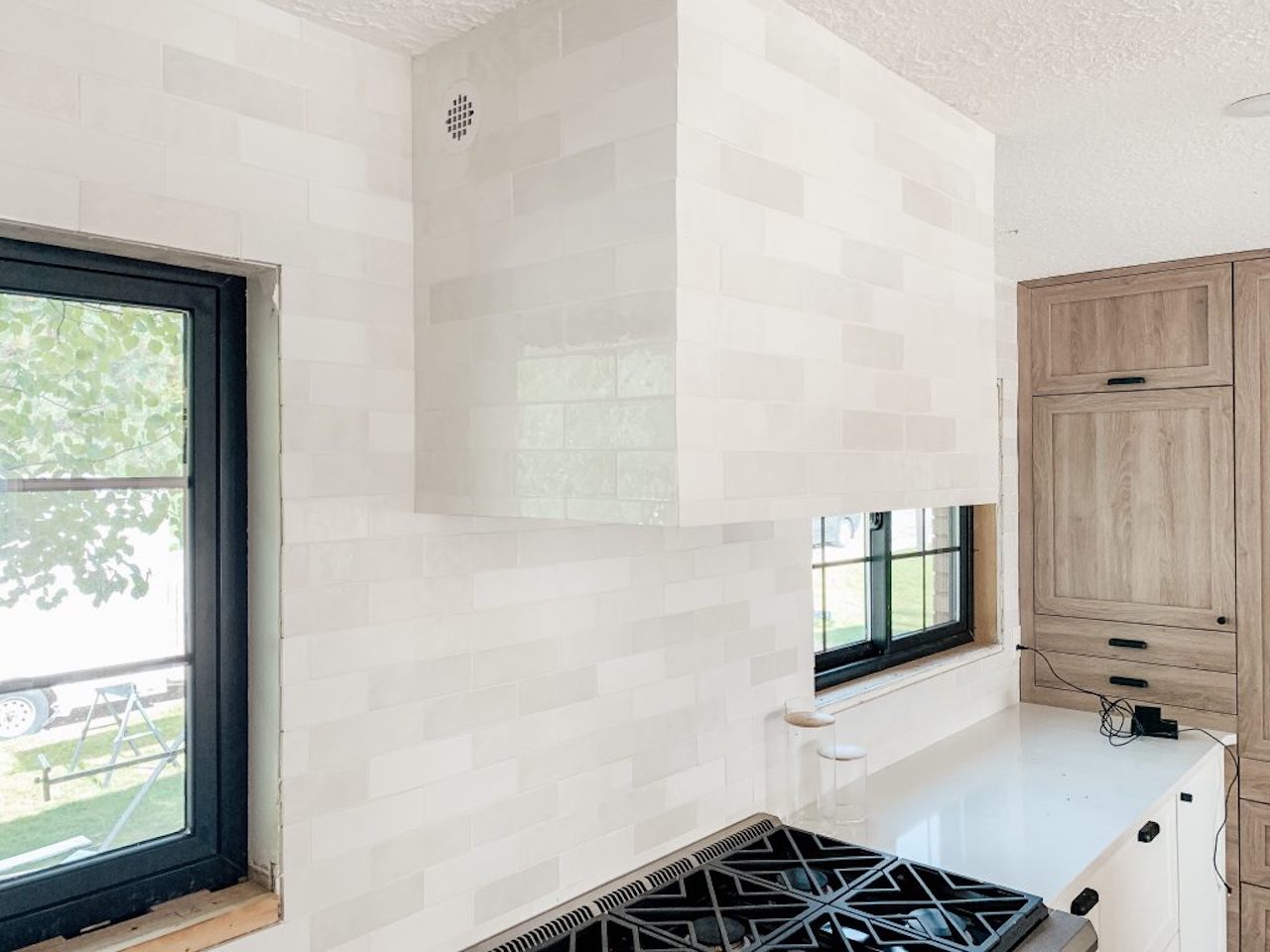
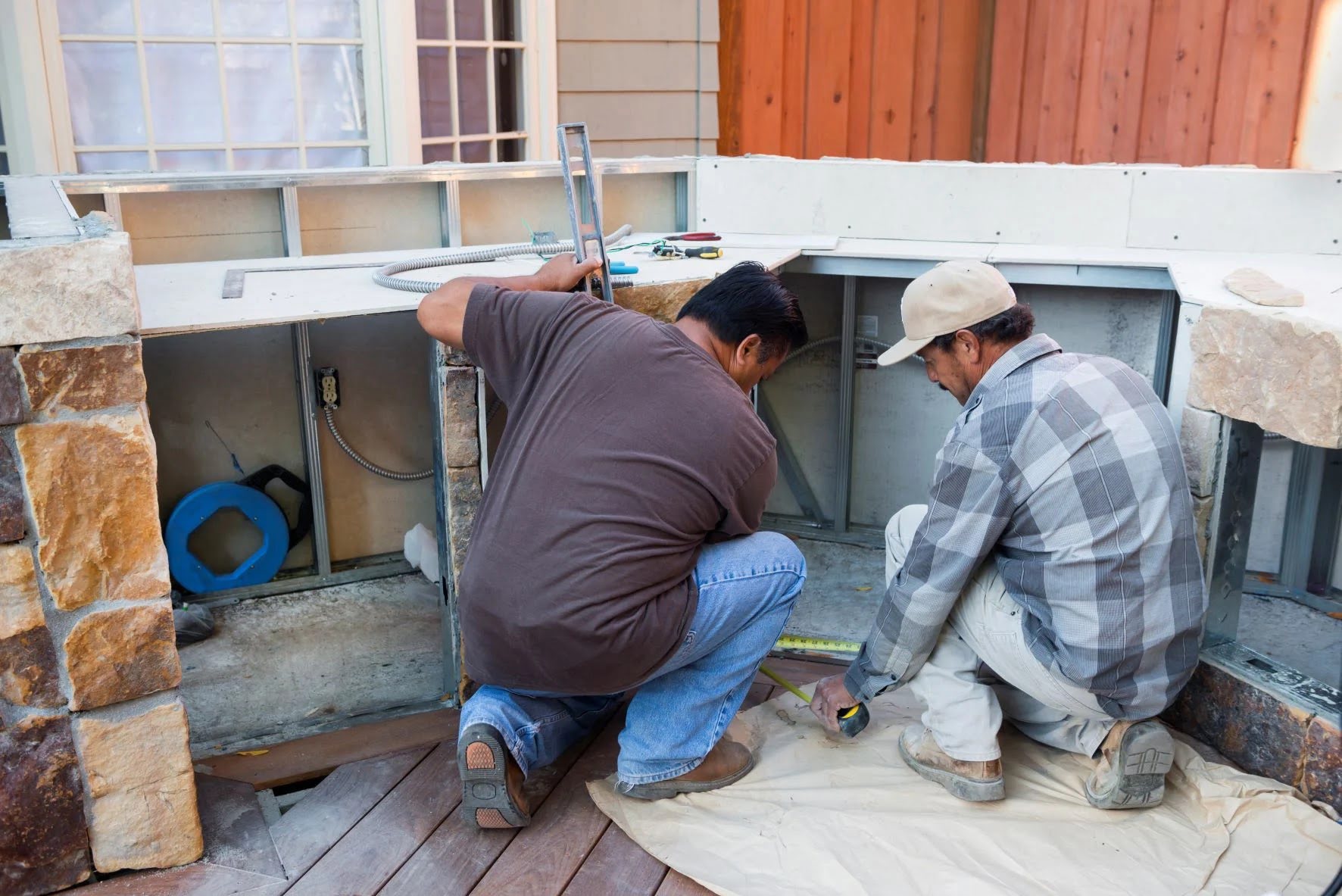
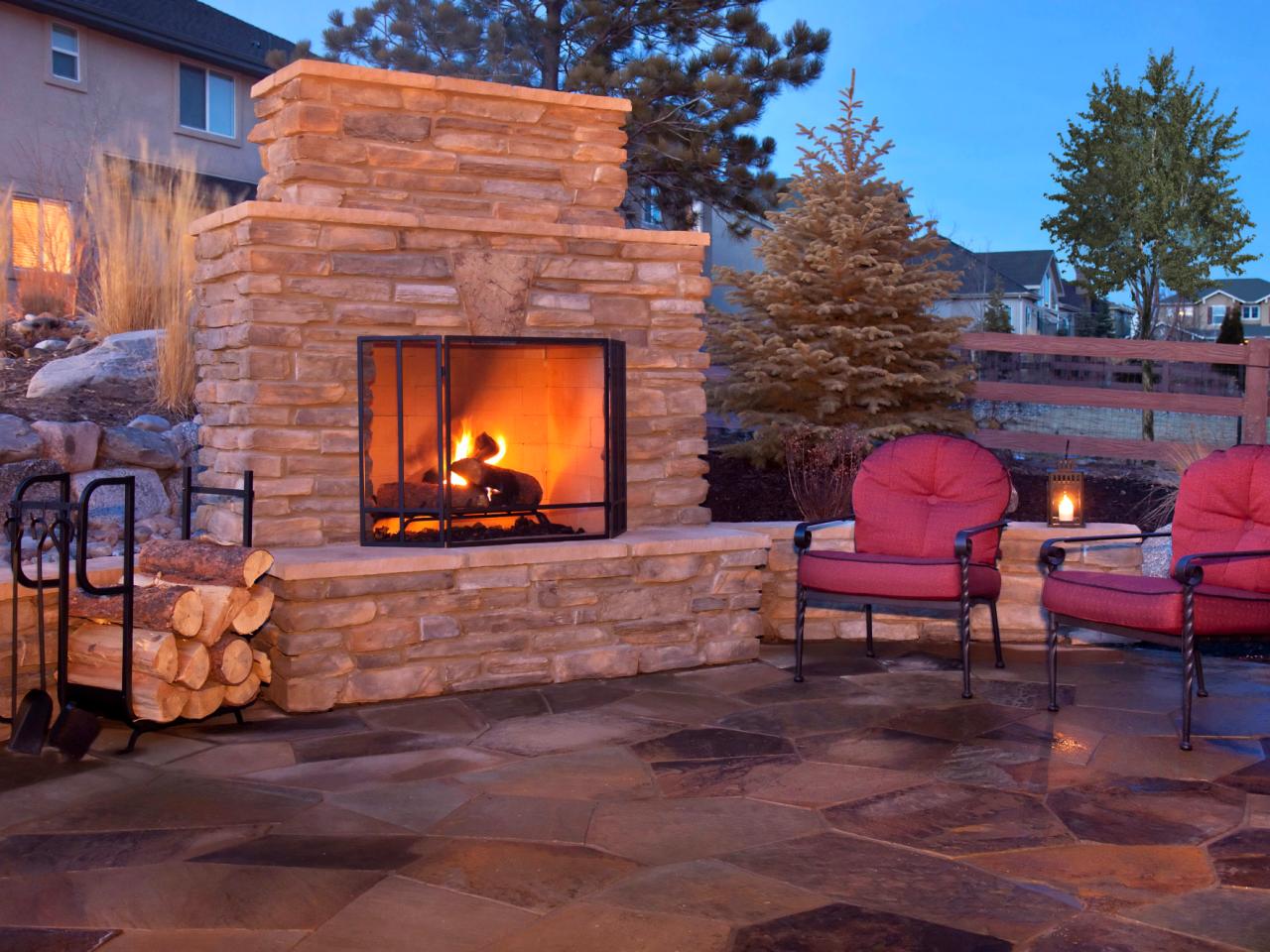


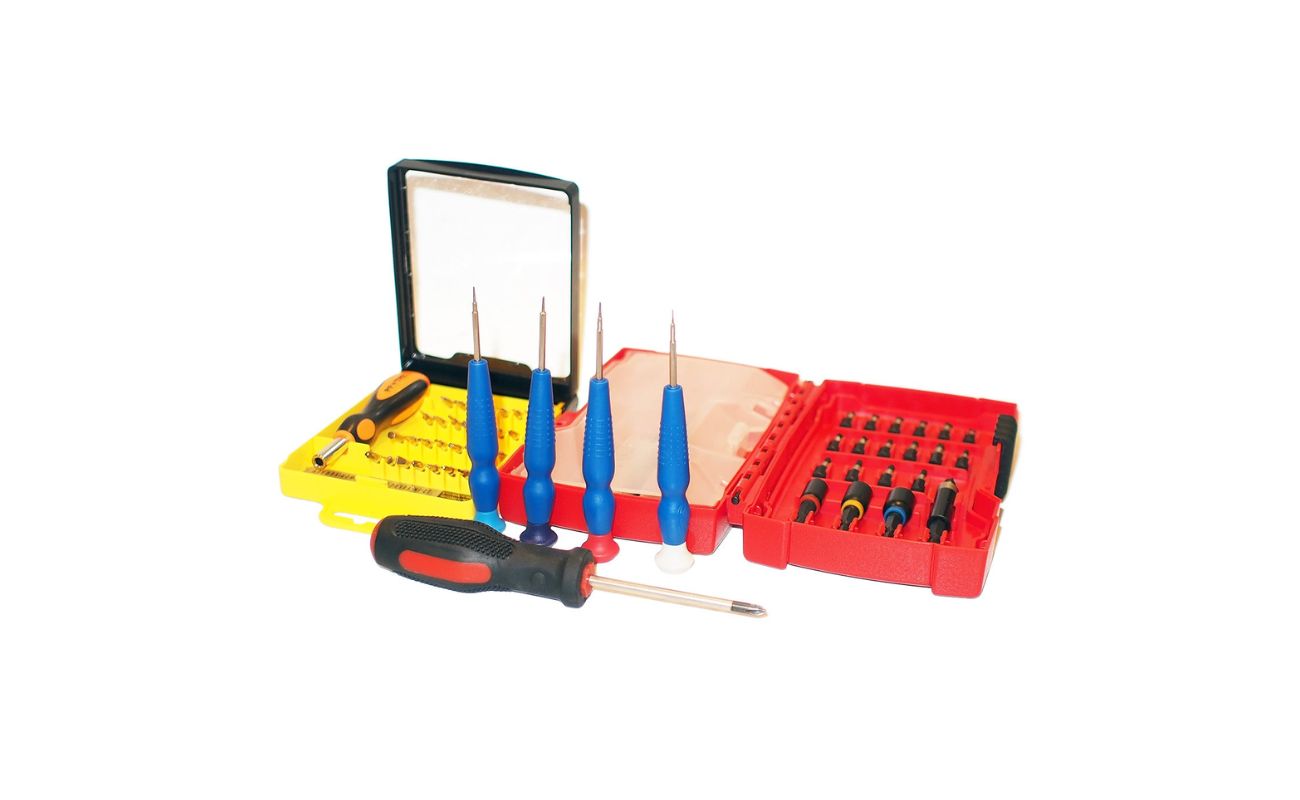
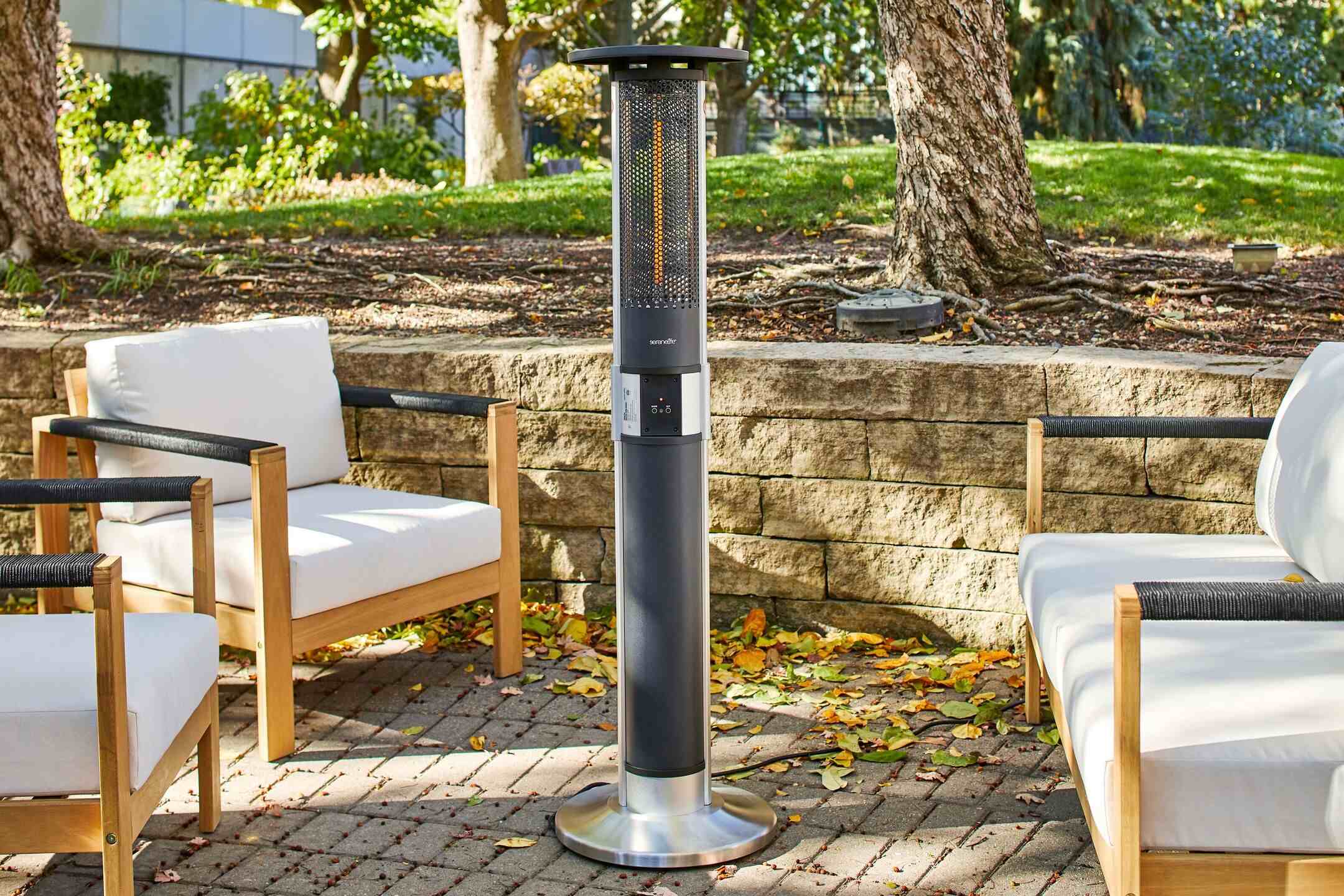

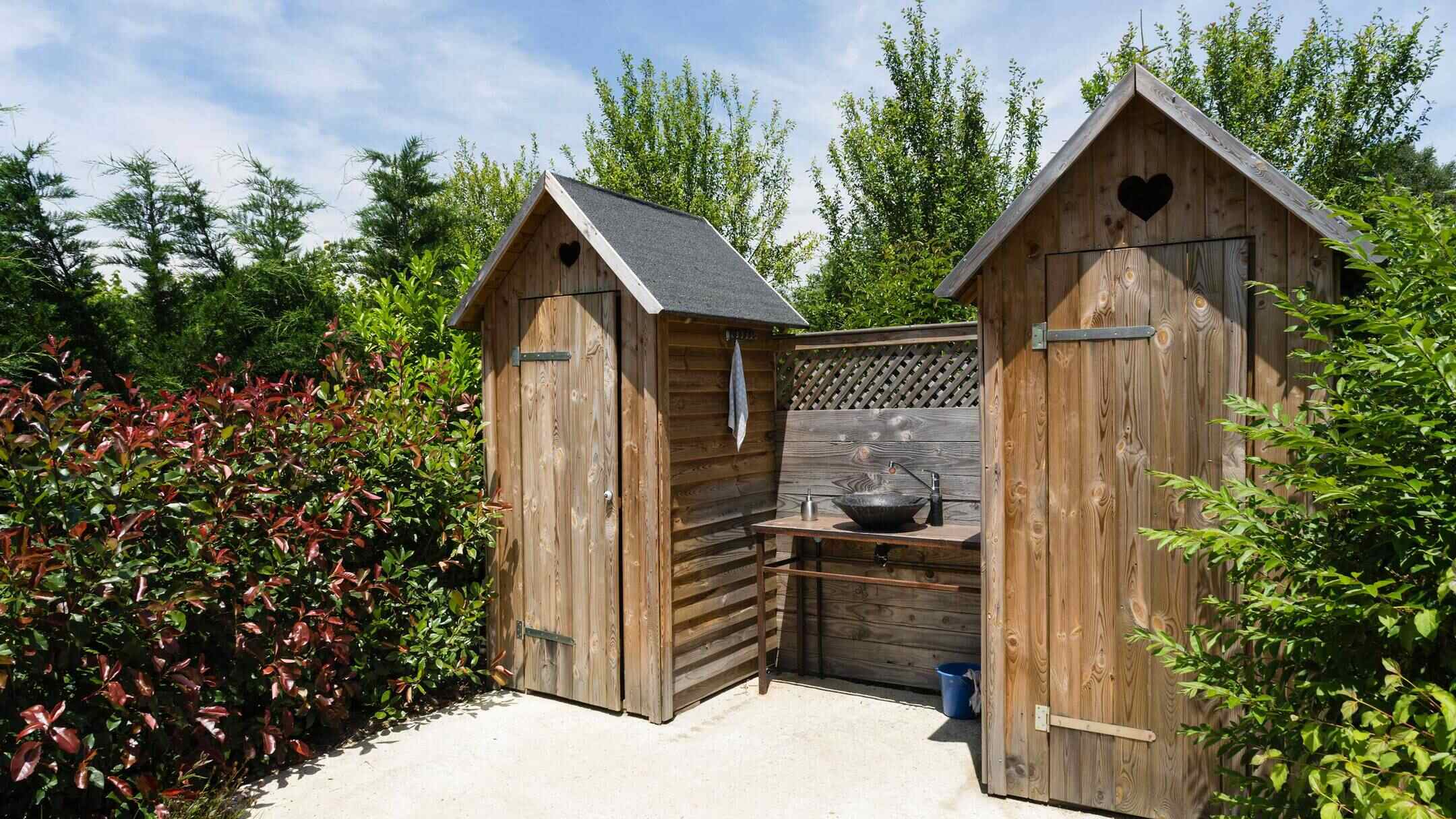
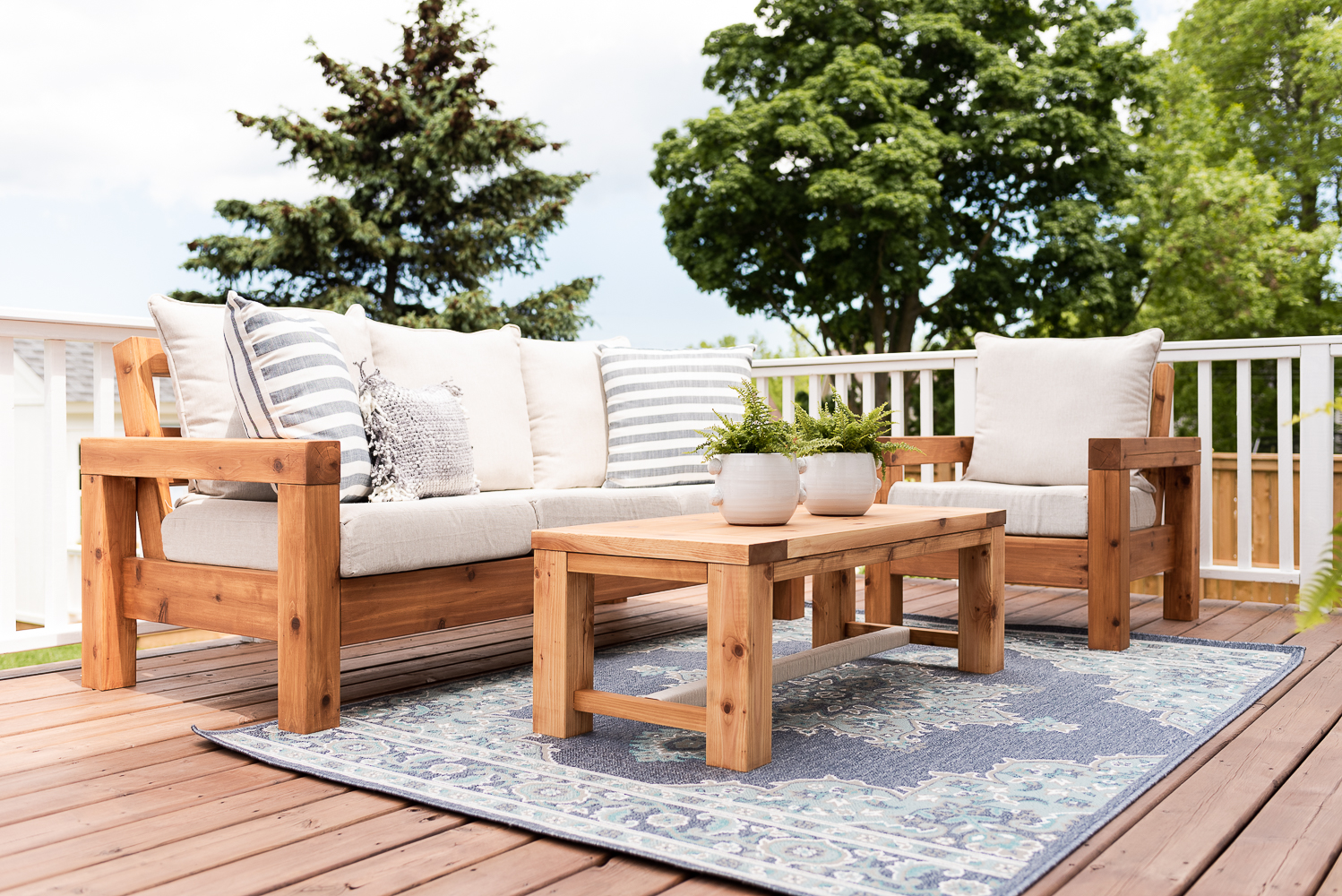

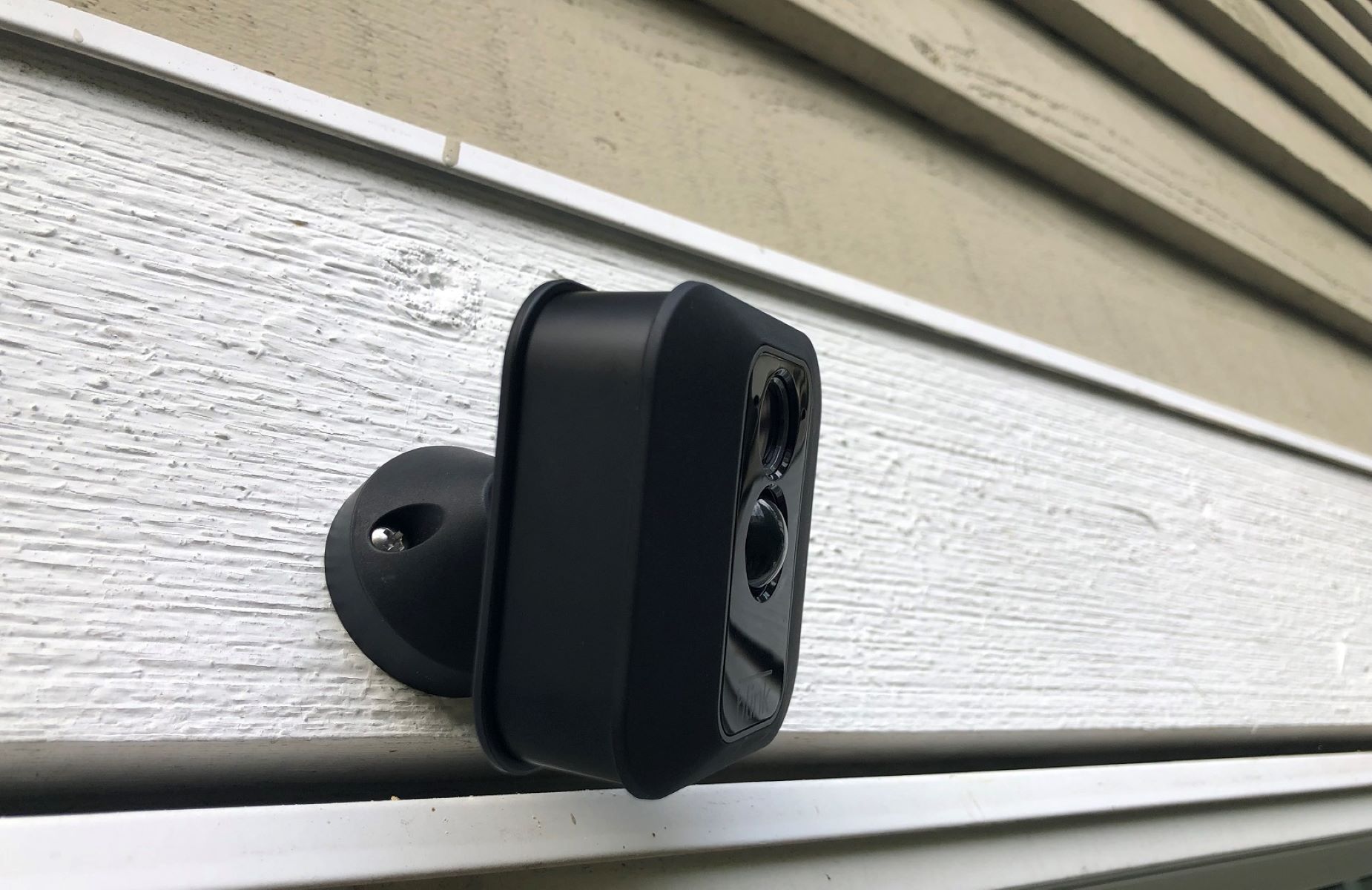
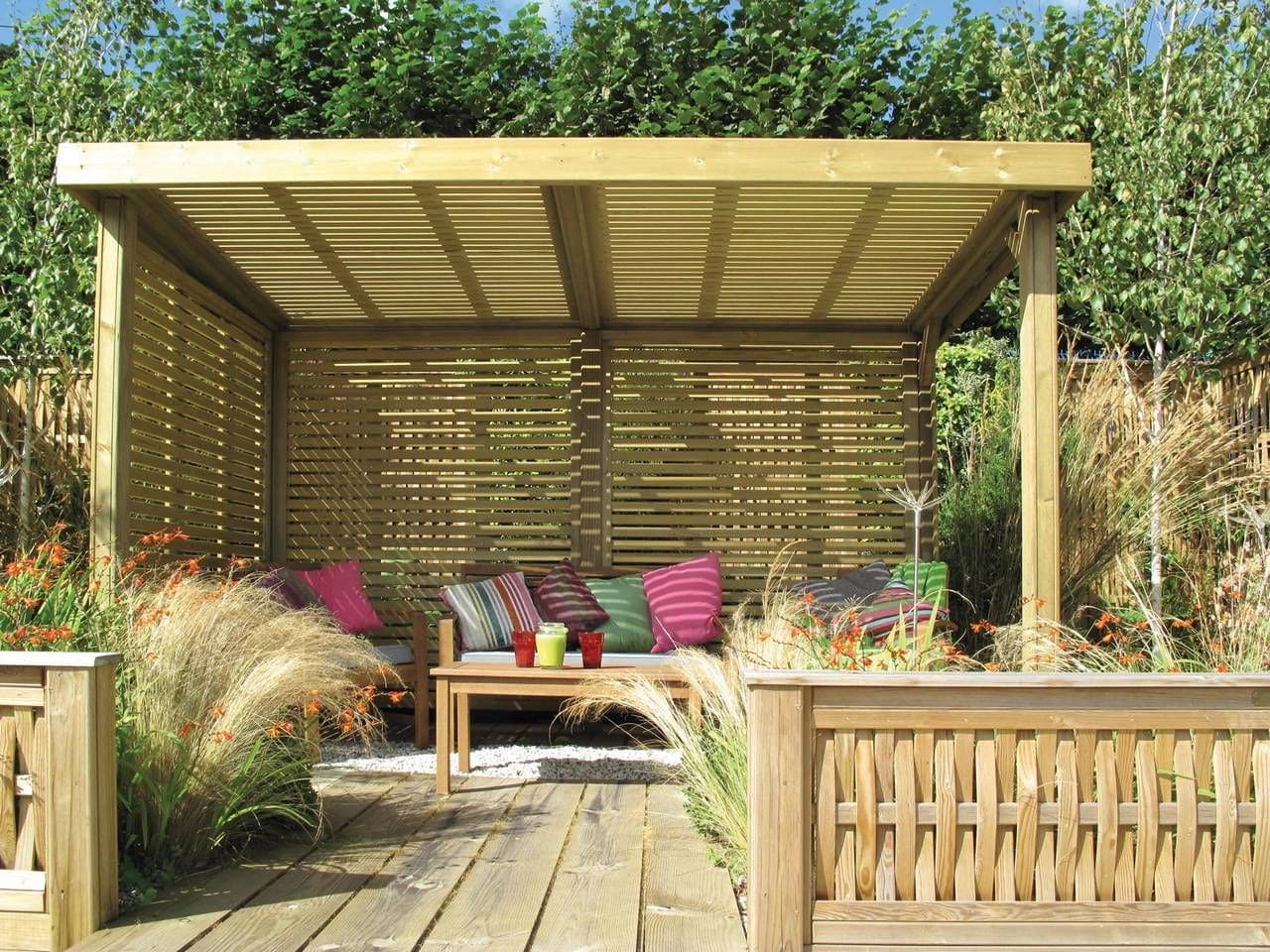

0 thoughts on “How Do I Build An Outdoor Shooting Range”